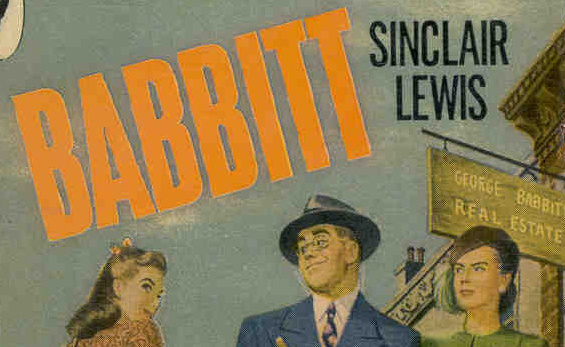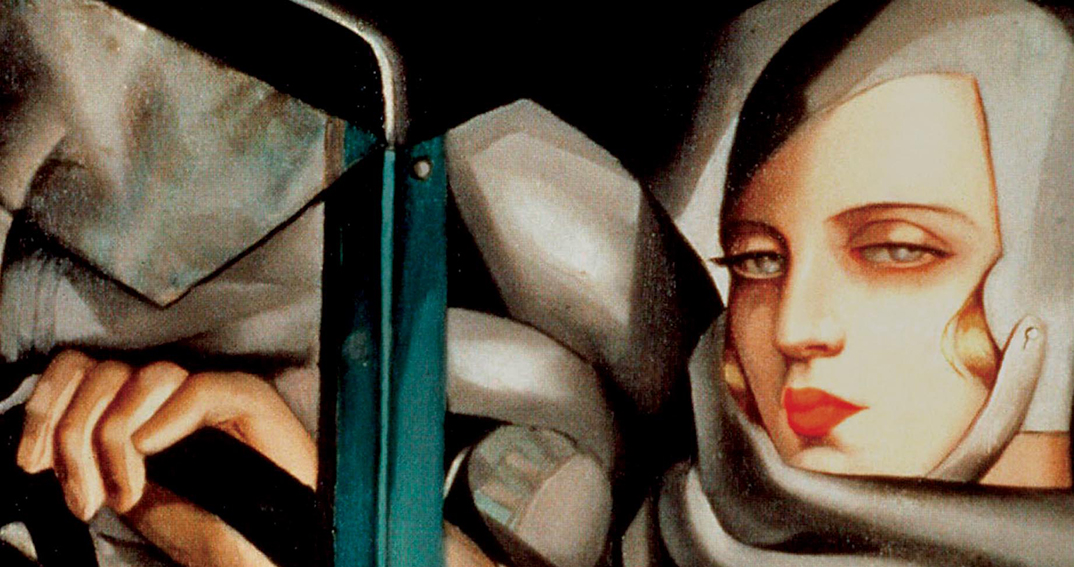Another one from Ward and Brownlee. A “sequel”, they call it, to Rare Earth. I’m going to have to make these extinction books their own category. “How to Ruin a Perfectly Good Day” should be its name.
Earth is a middle-aged woman, run ragged by her hundreds of children, asshole of a husband, and the fact that she’s taken up smoking. Humans are the cigarettes. I haven’t decided who the asshole husband is in my version of Ward and Brownlee’s analogy. They don’t provide one, but I’m sure there must be. There usually is. Could it be the Sun? It’s the one dying in the first place and apparently will get all grumpy about it and take it out on Earth. The Moon? That doesn’t seem right. The Moon has been quite the little helper/worker bee for the Earth since it first settled into orbit. Can’t hardly use it in the role of abusive jerk.
 This book uses phrases like “silicate-carbonate geochemical cycle,” which sounds like a good band name. And again, like Rare Earth, it points out all of the chance occurrences and lucky breaks that made conditions just right for life. If CO2 levels hadn’t dropped as significantly as they had, then no oxygen-breathing large animals. But this drop in CO2 wasn’t due just to the rise of vascular land plants and their insatiable appetite for the stuff. That wasn’t enough. It took a geological event. If the Indian tectonic plate hadn’t just happened to collide with Asia 100 million years ago, then the Himalayas never would have been created. No weathering of all that exposed rock means no “silicate-carbonate geochemical cycle” to make more limestone, which got rid of even more massive amounts of CO2.
This book uses phrases like “silicate-carbonate geochemical cycle,” which sounds like a good band name. And again, like Rare Earth, it points out all of the chance occurrences and lucky breaks that made conditions just right for life. If CO2 levels hadn’t dropped as significantly as they had, then no oxygen-breathing large animals. But this drop in CO2 wasn’t due just to the rise of vascular land plants and their insatiable appetite for the stuff. That wasn’t enough. It took a geological event. If the Indian tectonic plate hadn’t just happened to collide with Asia 100 million years ago, then the Himalayas never would have been created. No weathering of all that exposed rock means no “silicate-carbonate geochemical cycle” to make more limestone, which got rid of even more massive amounts of CO2.
But no more of this cool, interesting, “let’s create as much life as we possibly can” process. Now Earth is dying. The Cambrian Explosion was it. That was the heyday. Humans showed up just in time and developed just enough intelligence to use and abuse all of those years of carbon fuels and trees and animals.
And what’s so funny is that Ward and Brownlee get a bit indignant about humans screwing everything up worse than it already is.
Really?
Read More


